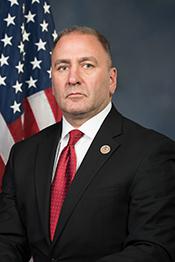0
CBP Workload Staffing Model Act
12/15/2023, 3:56 PM
Summary of Bill HR 2557
The bill specifies that the workload staffing model must take into account factors such as workload, mission requirements, and the unique challenges faced by CBP employees. It also requires the Commissioner to submit a report to Congress detailing the methodology used to develop the model and the results of the staffing analysis.
Additionally, the bill requires the Commissioner to provide regular updates to Congress on the implementation of the workload staffing model and any adjustments made to staffing levels as a result of the model's findings. The goal of this legislation is to ensure that CBP has the necessary resources and personnel to effectively carry out its duties and protect the nation's borders. Overall, the CBP Workload Staffing Model Act aims to improve the efficiency and effectiveness of CBP operations by ensuring that staffing levels are aligned with the agency's workload and mission requirements.
Congressional Summary of HR 2557
CBP Workload Staffing Model Act
This bill requires the U.S. Customs and Border Protection (CBP) to develop and implement a workload staffing model for each of the U.S. Border Patrol and Air and Marine Operations.
Such model shall include (1) consideration for essential frontline operator activities and functions, (2) variations in operating environments, and (3) present and planned infrastructure and technology. The CBP must also develop standard operating procedures for a workforce tracking system, train the workforce on the use of such system, and implement internal controls to ensure timely and accurate scheduling and reporting.
The Department of Homeland Security (DHS) must review the model and provide feedback regarding the degree to which it is responsive to certain DHS recommendations.
